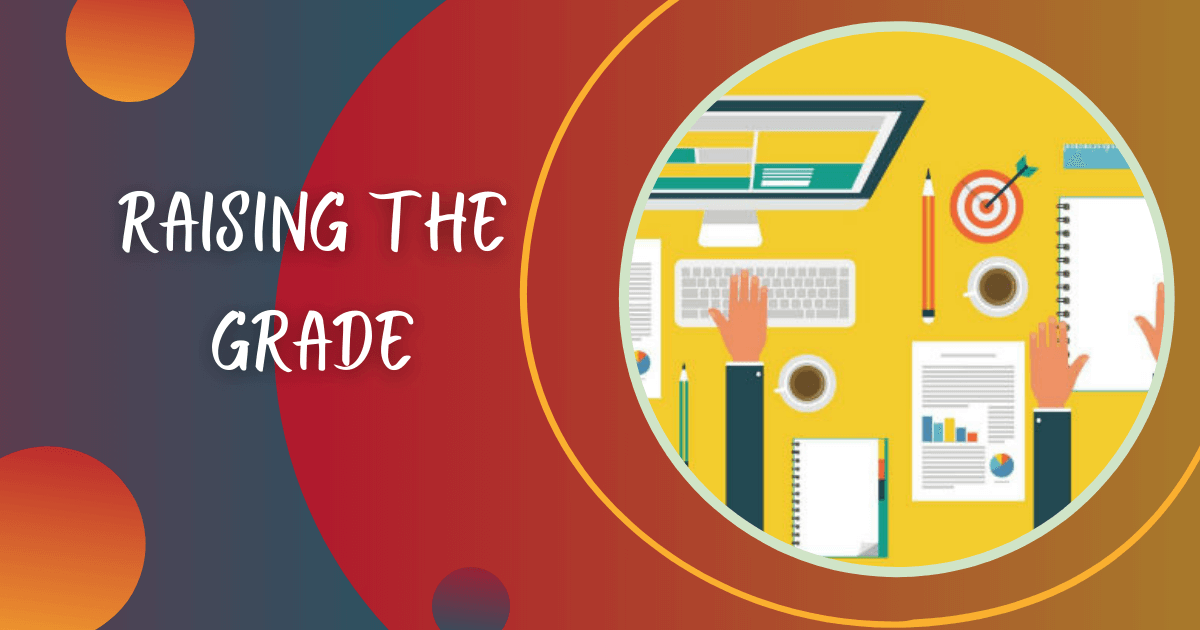As educators begin to integrate technology into all areas of academics I’m nervous about the extent to which we make this integration meaningful especially in terms of assessments. Below are 3 of my own questions/considerations and my answers to them.
Q1. One purpose of technology integration is to address another learning modality, or learning style. If some students are more or less technologically inclined, is it fair to assess them on skills related to the use of technology?
A1. My answer is yes and no. Just because a person doesn’t have strength in a specific area, they don’t get to forgo an assessment. I teach many students who prefer reading and writing and history over math and science. It does not mean they are exempt from math tests. All students are accountable for every content area. On that same note, we must keep in mind that some students are more “techy” than others. Also, some students learn best in this modality while others learn best in other ways. We must accommodate all students.
Q2. Another purpose of technology integration is to prepare students in this technological era to enter college or the workforce after graduation. How do we determine which skills are necessary to obtain by the end of 12th grade?
A2. This question is one that has stumped me for some time now. I think that every citizen should have basic computer skills (e.g. word processing, email, web browsing etc.). But it is very hard to just stop teaching at that point. After all, one-digit by one-digit addition is a basic skill that every citizen should know as well but we know that math instruction does not end there. Overall I think that there needs to be experts from many fields who collaborate and design a curriculum that addresses rigorous but essential skills for the global citizen in the 21st century.
Q3. There are many teachers who shy away from integrating technology in their classrooms. Therefore many students are not getting the instruction and practice they need. How do we encourage these teachers to use technology more so that we can assess these students?
A3. Just like students who are reluctant to do certain tasks, there are teachers who are just as reluctant. To get through to these students, teachers usually set up the big picture for students. We let them know what mastering this will allow them to do in the future. Then we encourage and sometimes incentivize (whether intrinsic or extrinsic) an attempt. This is exactly the same set of steps we must walk teachers through. Districts should offer PD and training that shows data from classrooms where teachers use technology versus those where teachers do not. Then we must encourage teachers to do it. There can be a range of incentives but teachers need something to entice them to begin to integrate technology.
Hopefully by opening up the discussion around assessing technological skills, the US education system can begin to move in the direction of every students attaining mastery of these ever-critical abilities.
Let me know your thoughts. Tweet me @Mathophile_DC.
E. M. Jones
Fifth Grade Teacher, Bancroft Elementary School



